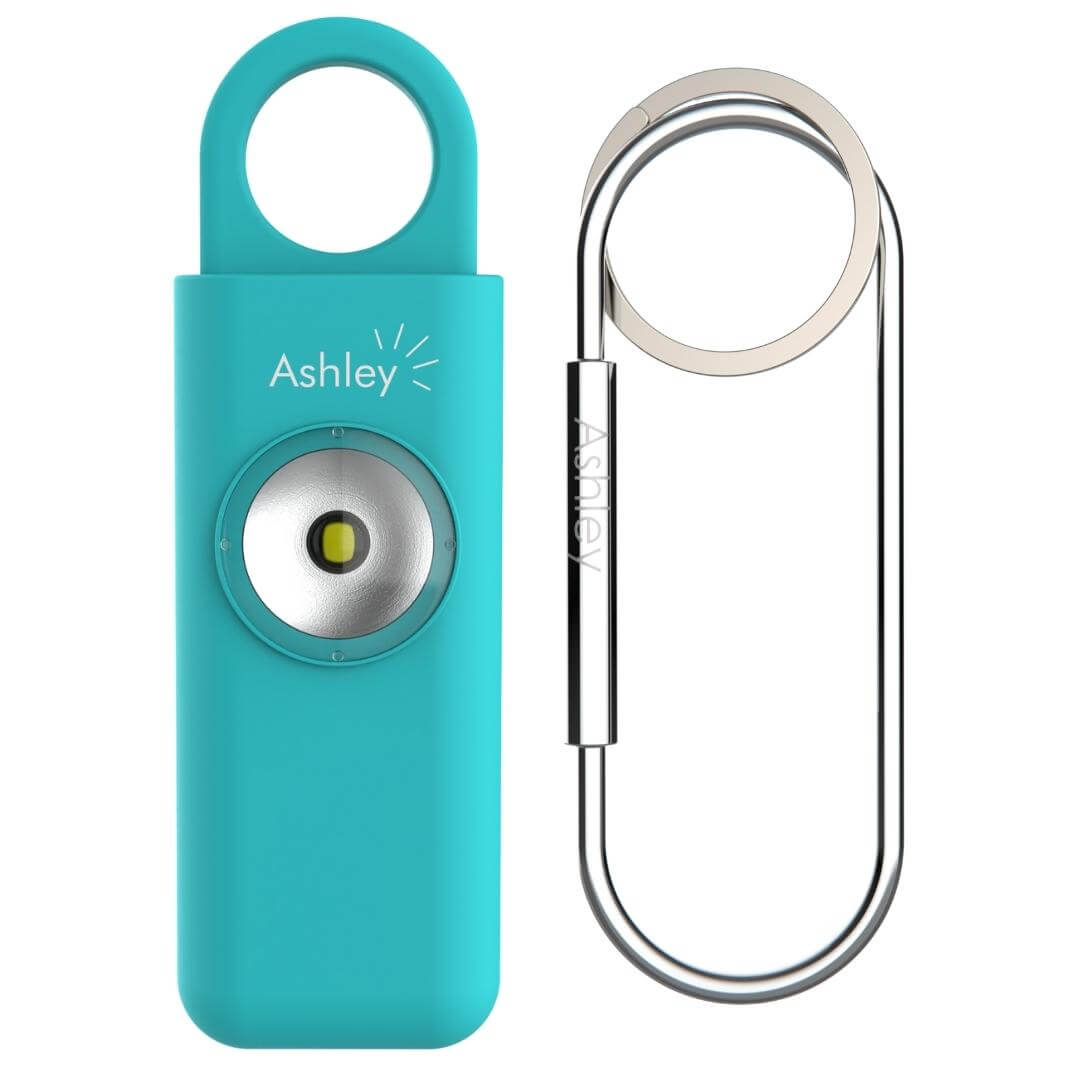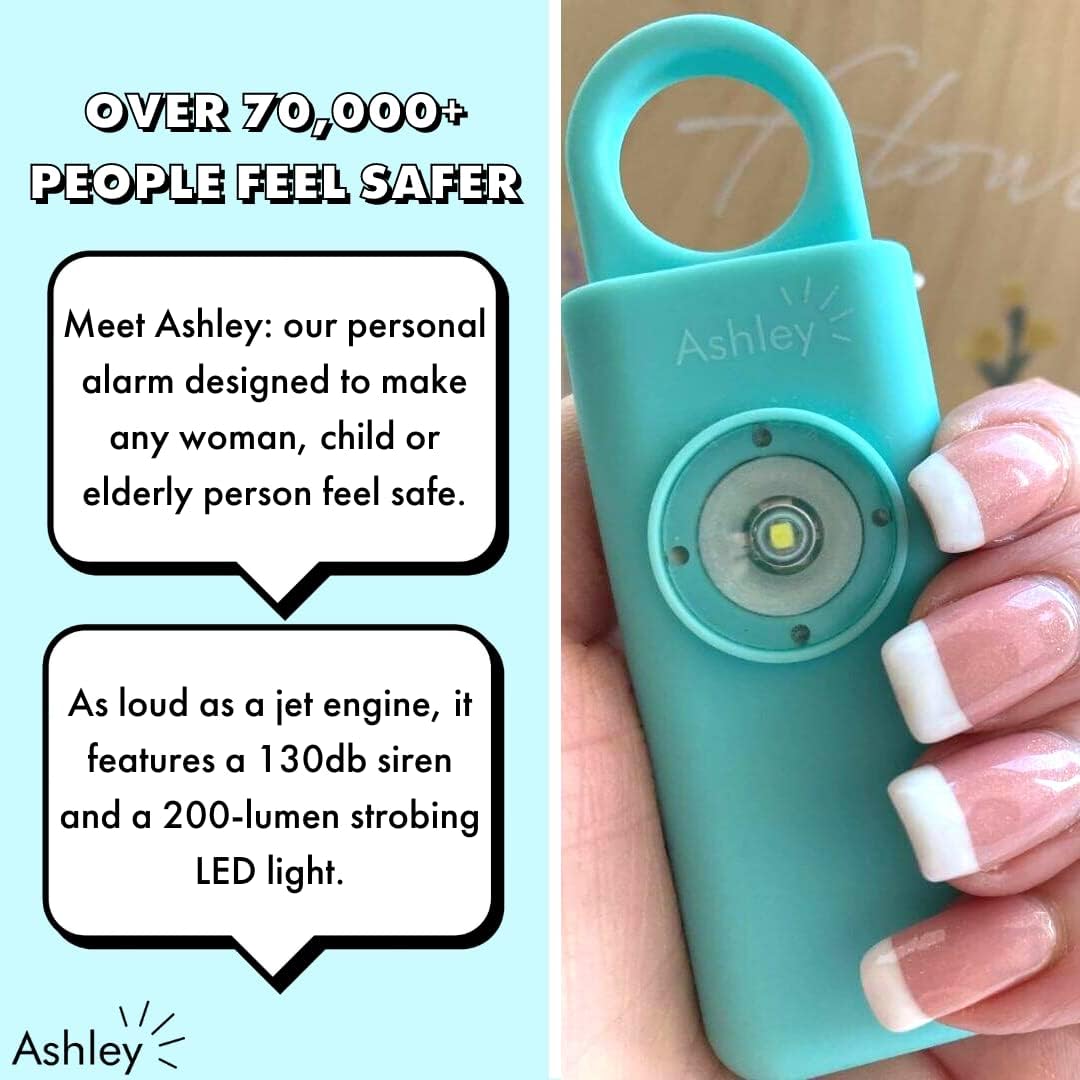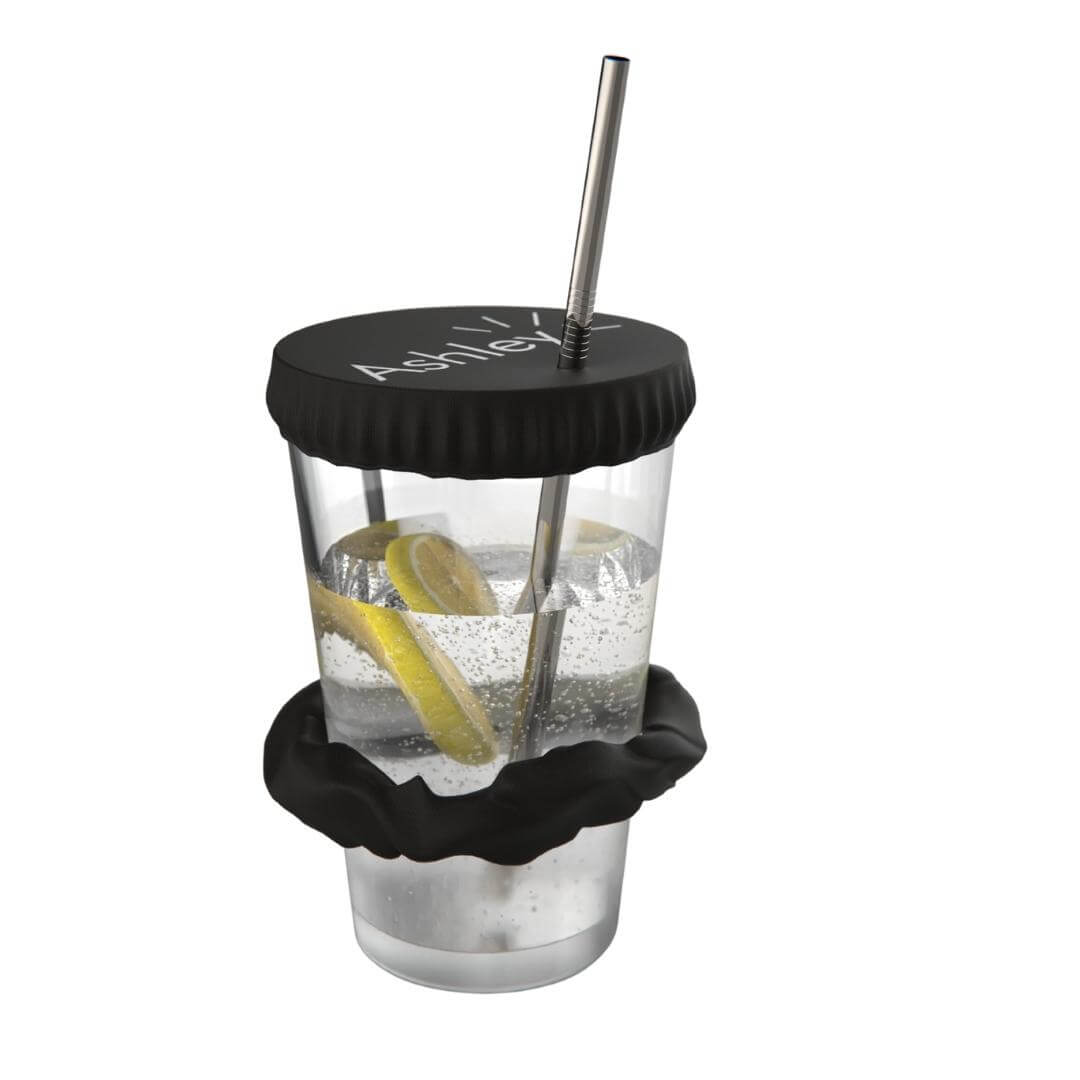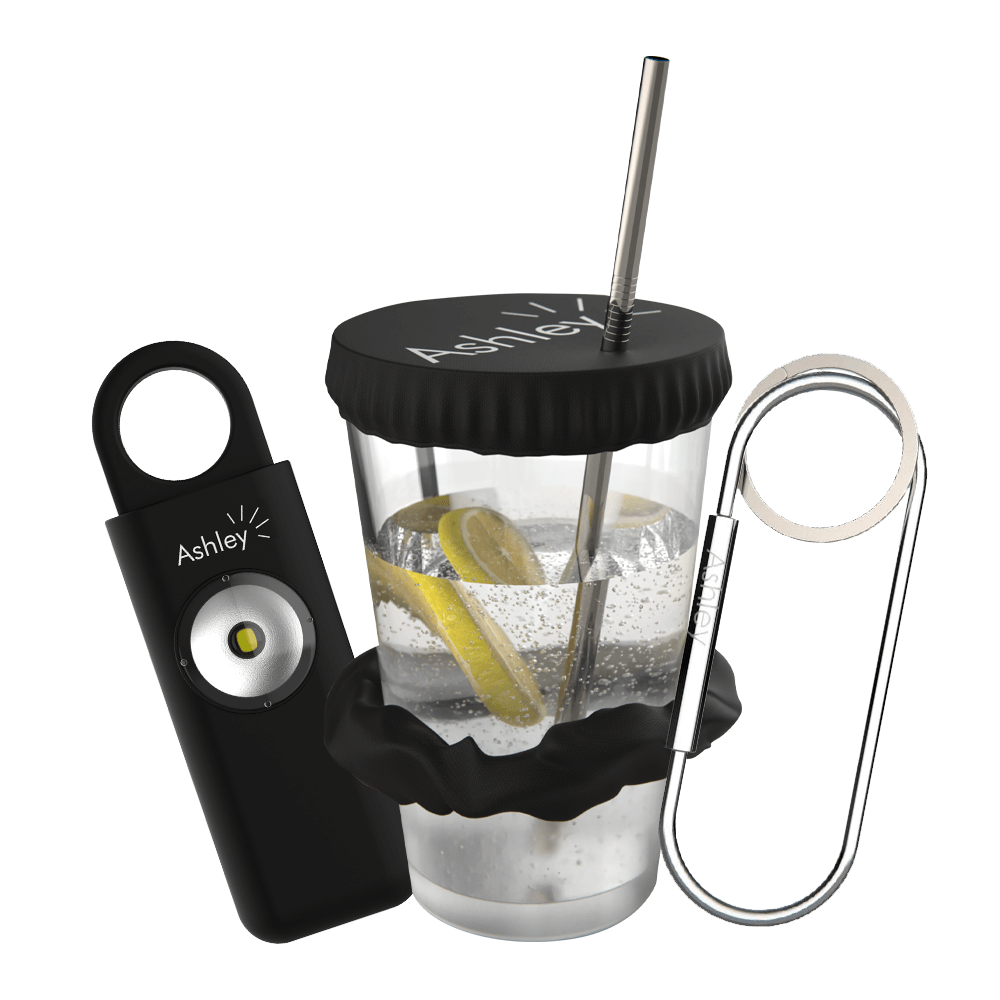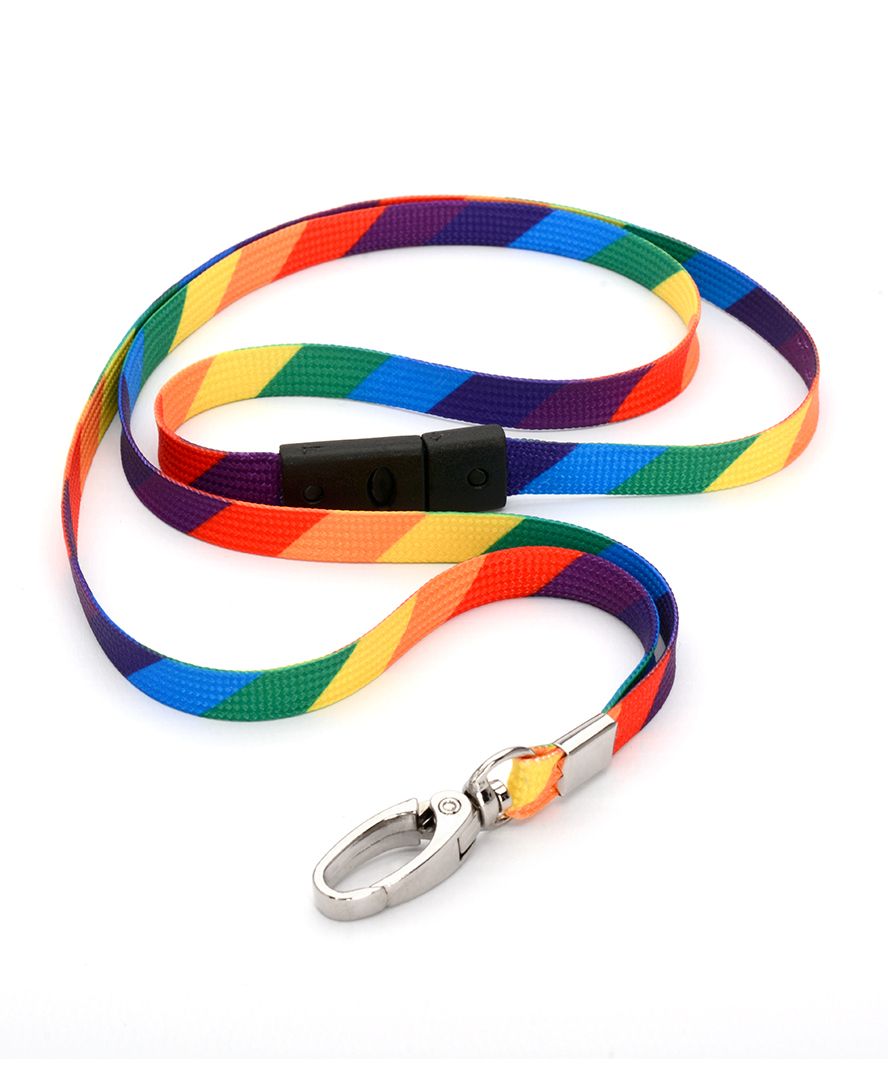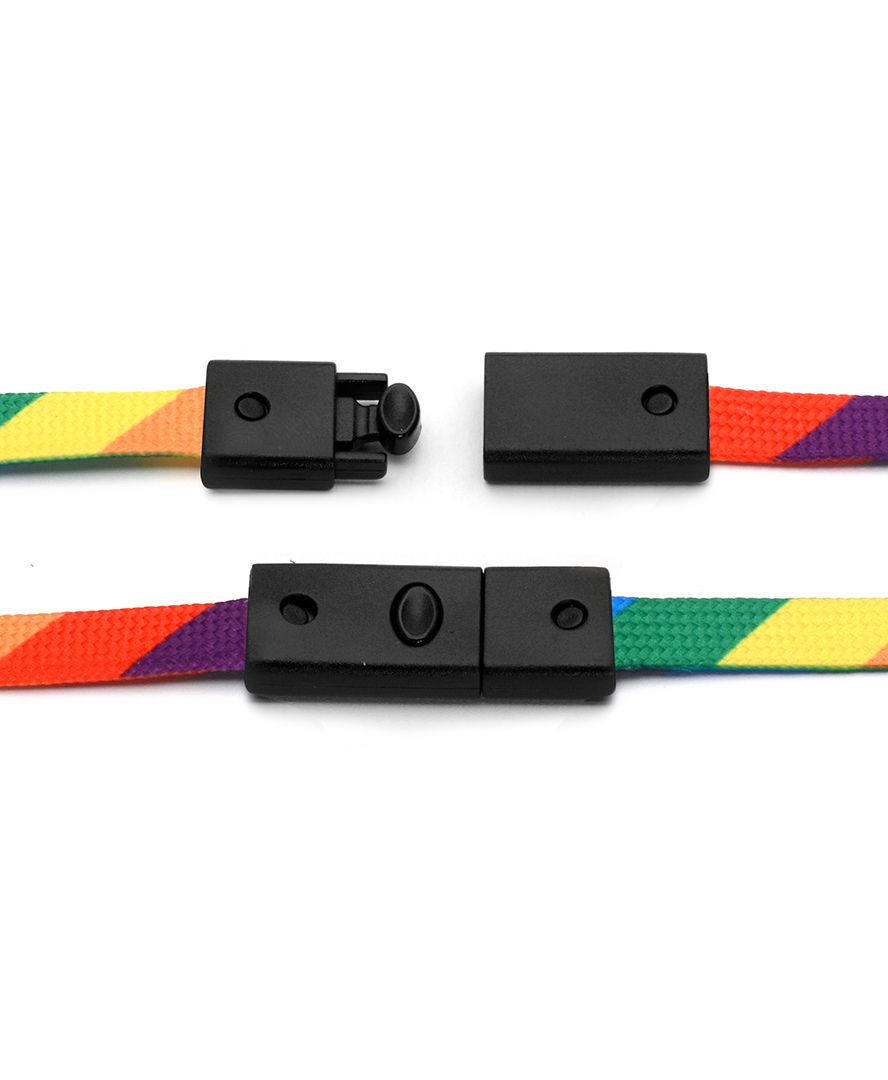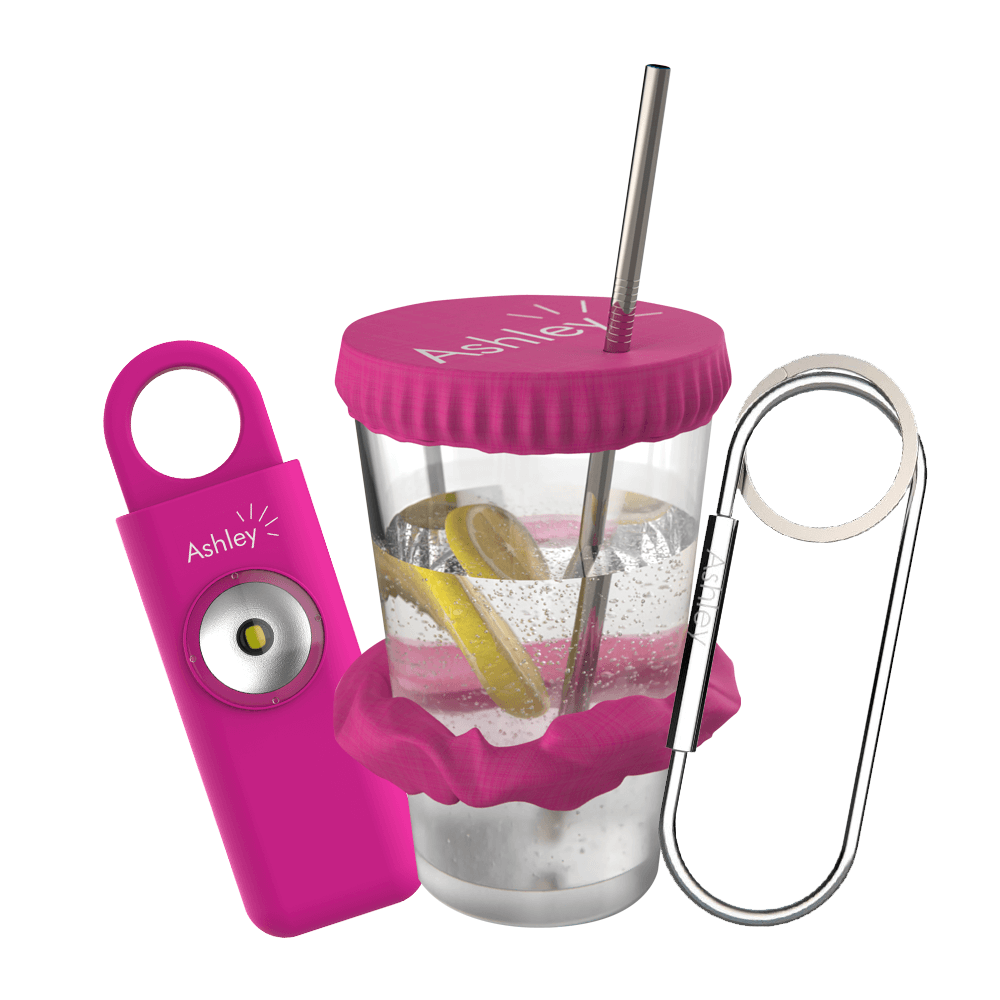In today's world, personal safety is of utmost importance. With increasing crime rates, it's essential to take preventative measures to protect yourself, your loved ones and your belongings. One effective way to do this is through the use of personal safety alarms. In this article, we'll explore various DIY techniques and hacks for mastering personal safety alarms, brought to you by Empowered by Ashley, a leading UK Personal Safety brand.
Table of Contents
- Understanding Personal Safety Alarms
- Types of Personal Safety Alarms
- DIY Implementation and Customization
- Troubleshooting Common Issues
- Dealing with False Alarms
- Optimizing Your Personal Safety Alarm Performance
- Conclusion
Understanding Personal Safety Alarms
Personal safety alarms are portable devices designed to emit loud, attention-grabbing sounds when triggered. They act as deterrents, helping to ward off attackers and alert others to potential danger. The main goal of these devices is to provide a sense of security, reassurance, and safety for the user.
How Do Personal Safety Alarms Work?
Many personal safety alarms are activated by either pressing a button or pulling a pin. When activated, they emit a high-decibel sound, typically ranging from 110 to 130 decibels. This deafening sound can confuse or intimidate potential attackers, while also drawing attention from others in the vicinity.
Benefits of Personal Safety Alarms
- Easy to use: Alarms are simple to activate and deactivate, making them accessible to people of all ages and abilities.
- Portable and versatile: Due to their compact size, these devices can be easily carried in a purse, pocket, or attached to clothing through clips or keychains.
- Non-lethal means of self-defense: Unlike weapons, personal safety alarms don't require licenses, and they don't pose a danger to the user or bystanders.
- Affordable: Many personal safety alarms are cost-effective, providing a budget-friendly option for those looking to enhance their safety.
Types of Personal Safety Alarms
There are various types of personal safety alarms available in the market. Some popular examples include:
- Keychain alarms: These are small, portable devices that can be attached to a keychain, providing easy access when needed.
- Wearable alarms: Designed to be worn on the user's wrist or clothing, offering a hands-free option for quick activation.
- Smartphone-based alarms: These alarms are activated through apps on your smartphone, utilizing the device's built-in speaker to emit loud sounds.
- Alarm combination devices: Featuring additional safety features like flashlights, pepper spray, or emergency whistles, these devices offer added protection and functionality.
DIY Implementation and Customization
If you're looking to customize or enhance your personal safety alarm, consider these DIY techniques and hacks:
- Add reflective tape or stickers: Increase visibility in dark or low-light conditions by attaching reflective tape or stickers to your alarm.
- Upgrade the attachment clip: Replace the standard clip with a heavy-duty carabiner or keyring for added durability and security.
- Experiment with custom sounds: Some personal safety alarms allow users to upload their own sound files, offering a unique and personalized alarm option.
- Create a DIY alarm pouch: Craft a pouch or holster for your alarm to ensure it remains easily accessible and less likely to be accidentally activated.
Troubleshooting Common Issues
If your personal safety alarm is malfunctioning, consider the following troubleshooting steps:
- Check the batteries: Ensure that your device has fresh batteries and that they are properly installed.
- Test the sound: If the alarm is not sounding as intended, try adjusting the volume settings or resetting the device.
- Inspect the activation mechanism: Examine the button or pin for any signs of damage, wear, or malfunction.
- Contact customer support: If all else fails, reach out to the manufacturer or retailer for additional guidance and assistance.
Dealing with False Alarms
False alarms can be both frustrating and embarrassing. To prevent accidental activations:
- Store your personal safety alarm in a dedicated pouch or compartment to avoid accidental pressure on the activation button.
- Use a device with a safeguard feature that prevents unintentional activation, such as a cover over the button or an additional switch.
- Practice activating and deactivating the alarm to familiarize yourself with its controls and minimize the risk of unintentional triggering.
Optimizing Your Personal Safety Alarm Performance
To ensure that your personal safety alarm functions optimally, follow these tips:
- Regularly check battery life: Test your alarm periodically and replace batteries as needed to guarantee consistent performance.
- Keep the device easily accessible: Attach or store your alarm in a location where you can quickly and easily activate it in case of emergency.
- Clean and maintain the device: Wipe down the device with a clean, dry cloth to remove dirt or debris that may obstruct the sound output or activation mechanism.
- Combine with other safety measures: For added protection, use your personal safety alarm in conjunction with other self-defense tools or techniques.
Conclusion
Understanding how personal safety alarms work, recognizing the various types available, and implementing DIY techniques and hacks can empower you with a heightened sense of security. With proper maintenance and optimization, these devices can be an essential tool in your self-defense arsenal. Stay safe with the Personal Safety Alarms at Empowered by Ashley, and enhance your security, reassurance, and peace of mind.




